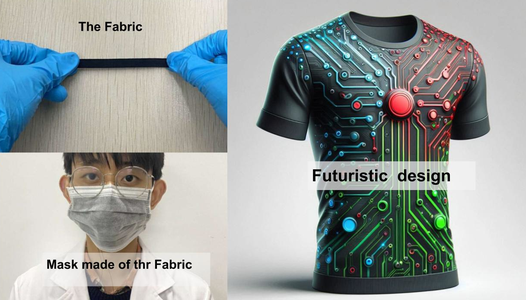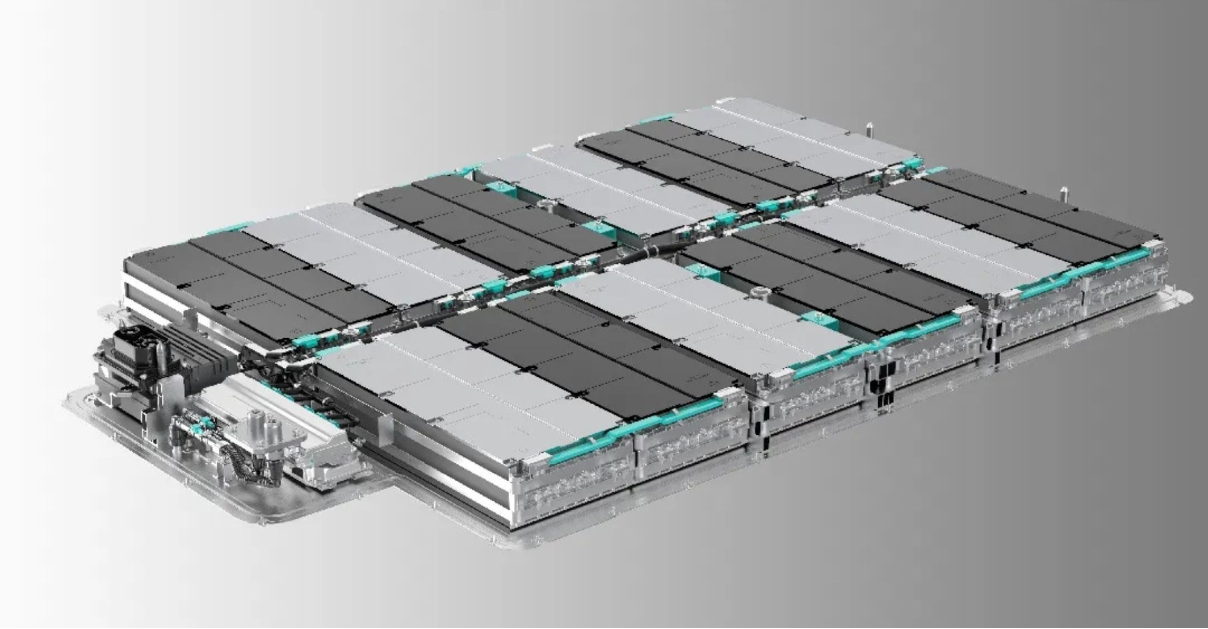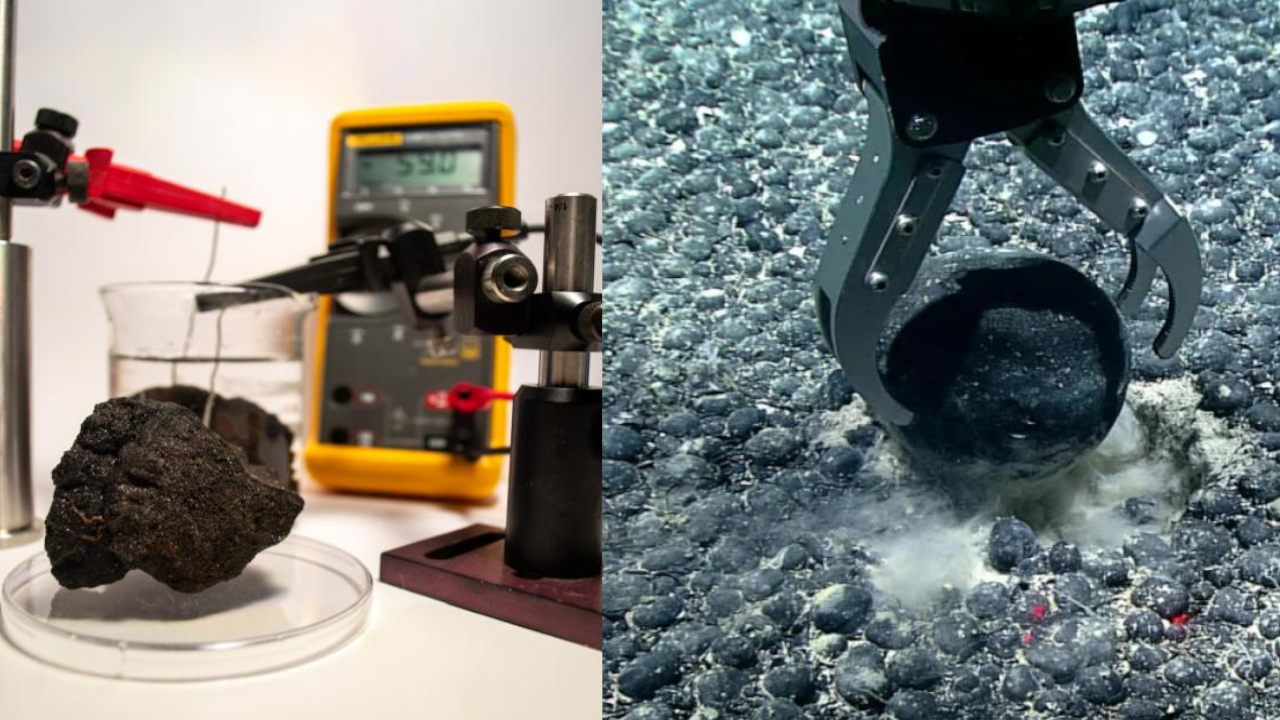Tech companies are racing to develop lightweight and comfortable wearable electronics that continuously monitor our health. Smart watches and rings are just the beginning, but these devices still require batteries and constant charging, which can be inconvenient.
Electrothermal fabrics offer a promising alternative to these electronics. They can be seamlessly integrated into clothing and can self-charge using body heat and sunlight. However, these fabrics have faced challenges in terms of flexibility, comfort, and the ability to incorporate sensors.
In a study published in the Journal of Materials Science and Technology, a team of researchers from the University of Waterloo in Canada designed a new electrothermal fabric based on MXene, a highly conductive and flexible material discovered in 2011. The researchers added MXene to nylon by creating a layer of polydopamine on the nylon surface, which facilitated the bonding of MXene through hydrogen bonds.
The resulting fabric can detect temperature and pressure, and it can generate electricity by harnessing the temperature difference between the body and the surrounding environment. These temperature differences cause electrons within the MXene network to move from hotter to colder areas, creating a voltage that can be used to power wearable sensors.
The fabric can also heat the body in cold weather by converting light into heat. It has a high capacity for absorbing light, which causes its electrons to move to higher energy levels. When these electrons return to their ground state, they release heat.
This fabric shows great promise. It can monitor body temperature and, when combined with appropriate sensors, can track body movement, heart rate, and respiration. It can also generate its own power to supply these sensors, eliminating the need for charging.
The research team is working to integrate sensors into the fabric and to develop a way to power them autonomously. Ultimately, they aim to connect the fabric to electronic devices like smartphones to transmit the data collected by the fabric and sensors for further processing and analysis.









